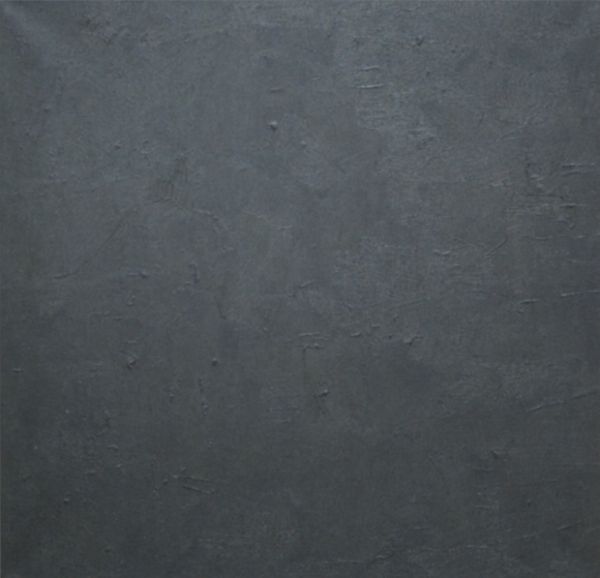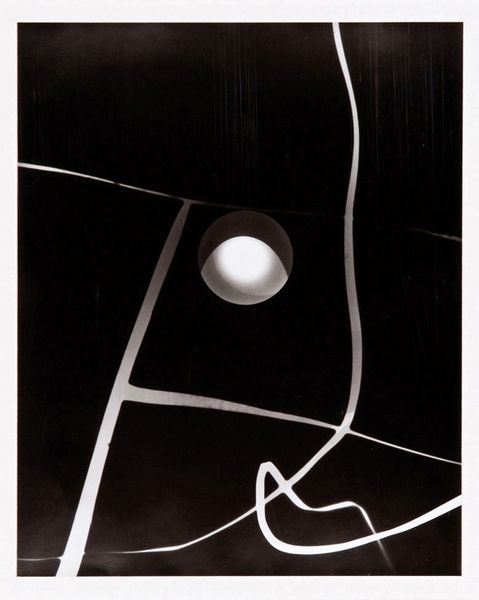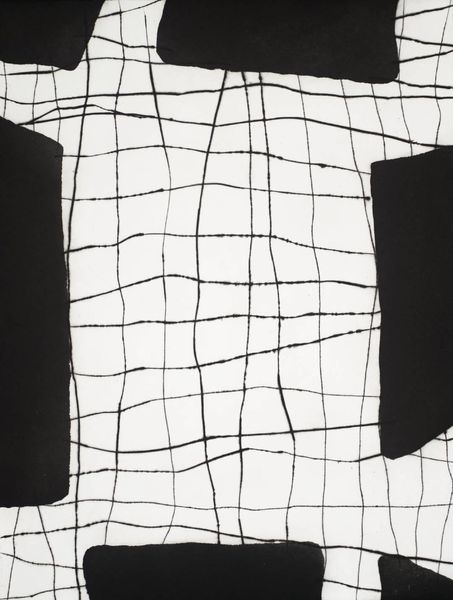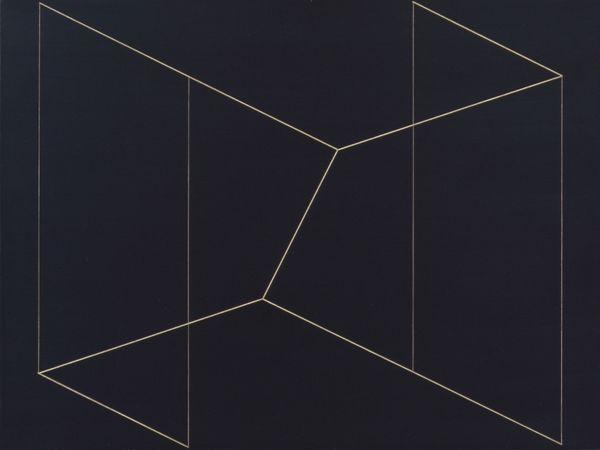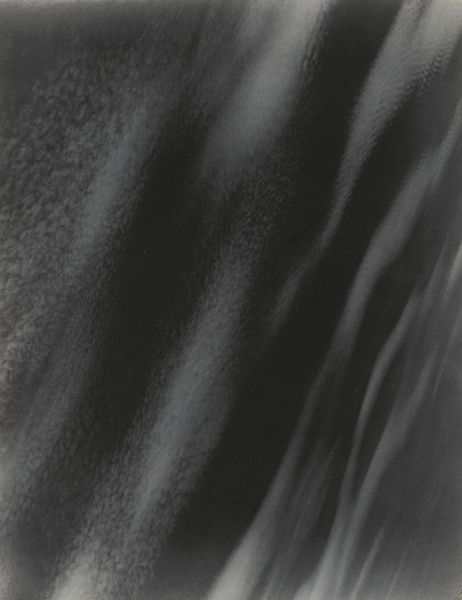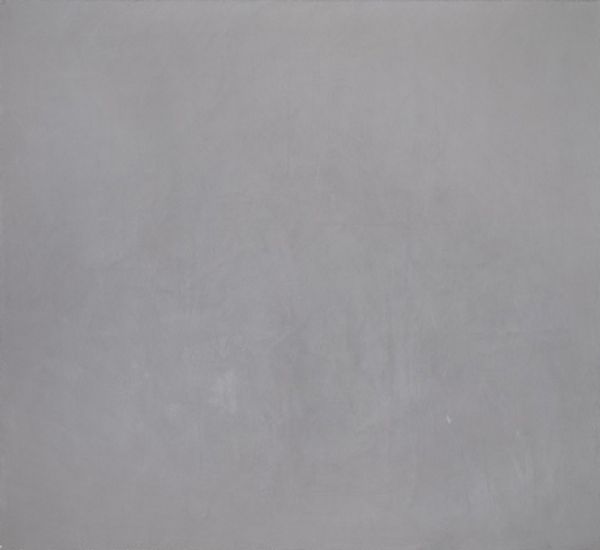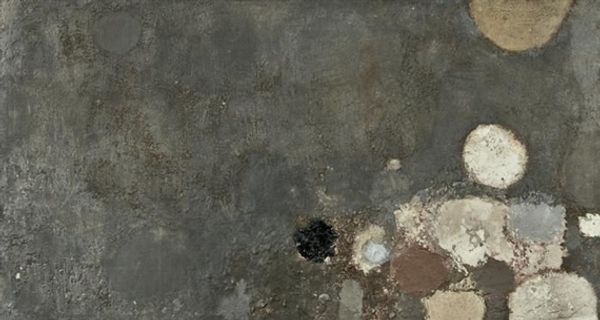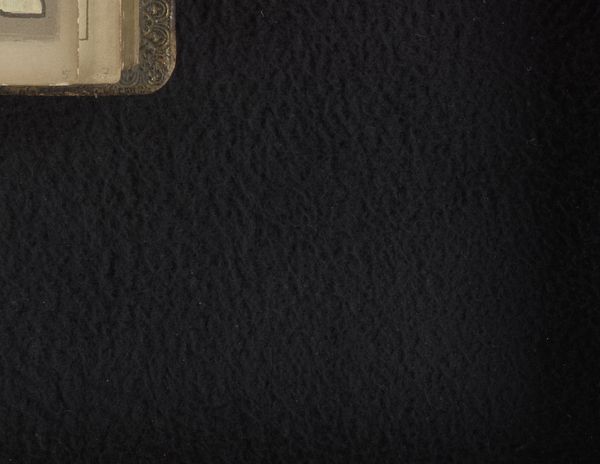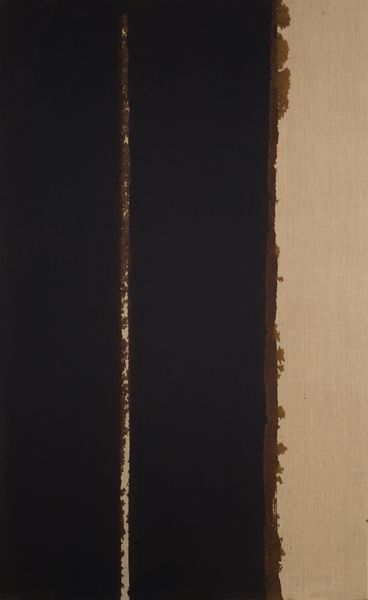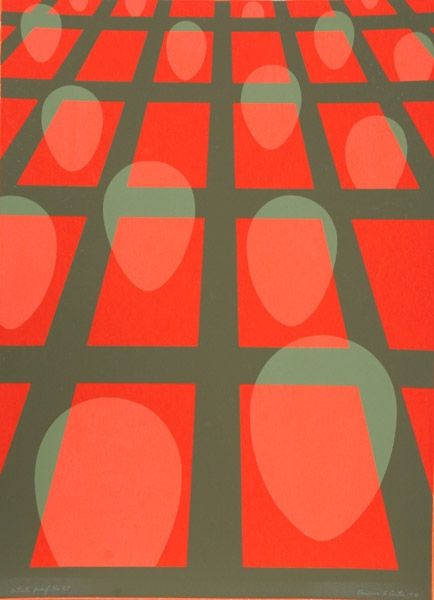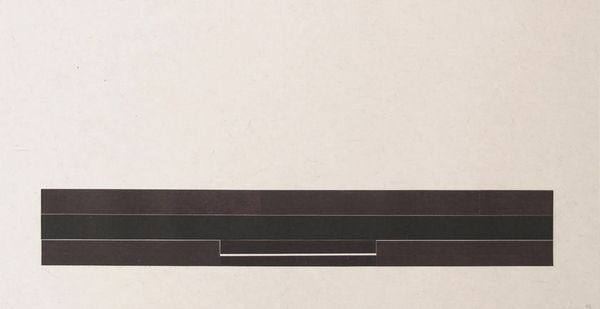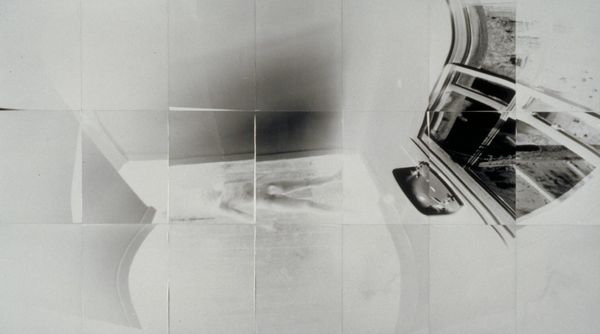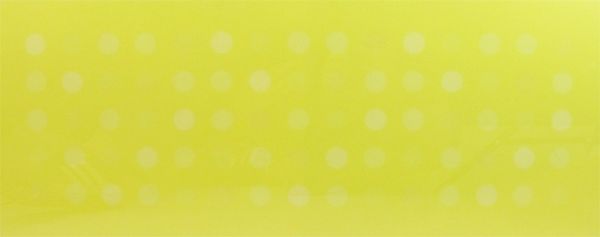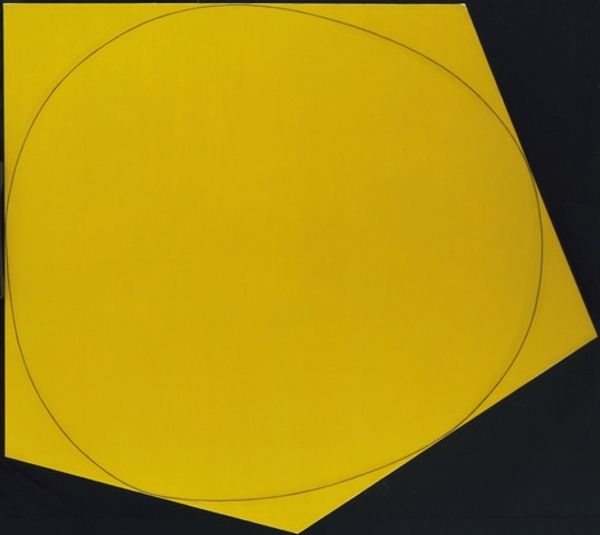
sculpture
#
conceptual-art
#
sculpture
#
geometric
#
sculpture
#
matter-painting
#
modernism
Copyright: Roni Horn,Fair Use
Editor: Here we have Roni Horn's "Black Asphere 9," a sculpture from 1988. Its polished surface and simple geometric form give it a very intriguing, almost otherworldly feel. What are your initial thoughts about this piece? Curator: This sculpture operates within a critical framework, one that challenges traditional notions of the art object and the viewer's role. Conceptual art, as seen here, emerged partly as a reaction against the perceived commercialization of art. What do you think Roni Horn's choice of such a simple form conveys within this context? Editor: I suppose the lack of overt symbolism makes you focus on the object itself... or, perhaps, what that object represents on a purely abstract level. Almost a minimalist approach to questioning the grand narratives around sculpture. Curator: Exactly. How do you think the presentation, the location where the sculpture is exhibited, influences its meaning? The context in which we encounter the work, the institutional framework if you will, inevitably shapes our interpretation. Editor: That’s a good point. Seeing it in a museum versus in, say, a public park would definitely change my perspective. In the gallery, it feels more like an 'art object', prompting deeper intellectual questions about art itself. Curator: And what kind of questions, in your view, are encouraged by positioning this object in a gallery? Is the aim to reinforce art's position in the cultural discourse, or is Horn challenging that position? Editor: Maybe she's subtly highlighting how context dictates meaning. She created this object, but it’s the environment around it that really sets the stage. Curator: Precisely! The artwork’s journey – from the artist's studio, to the gallery space, and finally to the viewer’s mind – is filled with socially constructed meaning. This really encourages us to look at all art through a critical, historical lens. Editor: Absolutely, that’s fascinating. This piece makes you think not just about the object itself but its place in a larger world of artistic and societal dialogue. Curator: And that dialogue, after all, is always changing!
Comments
No comments
Be the first to comment and join the conversation on the ultimate creative platform.
